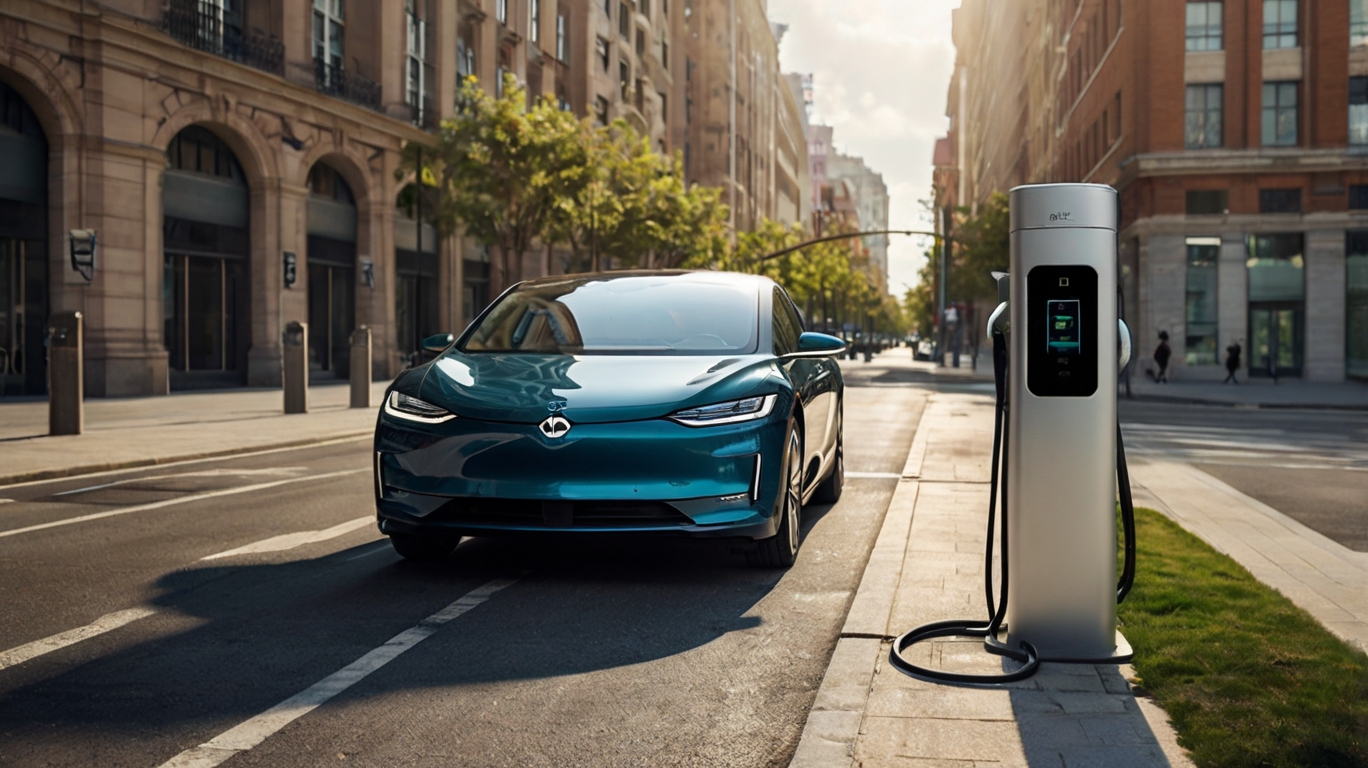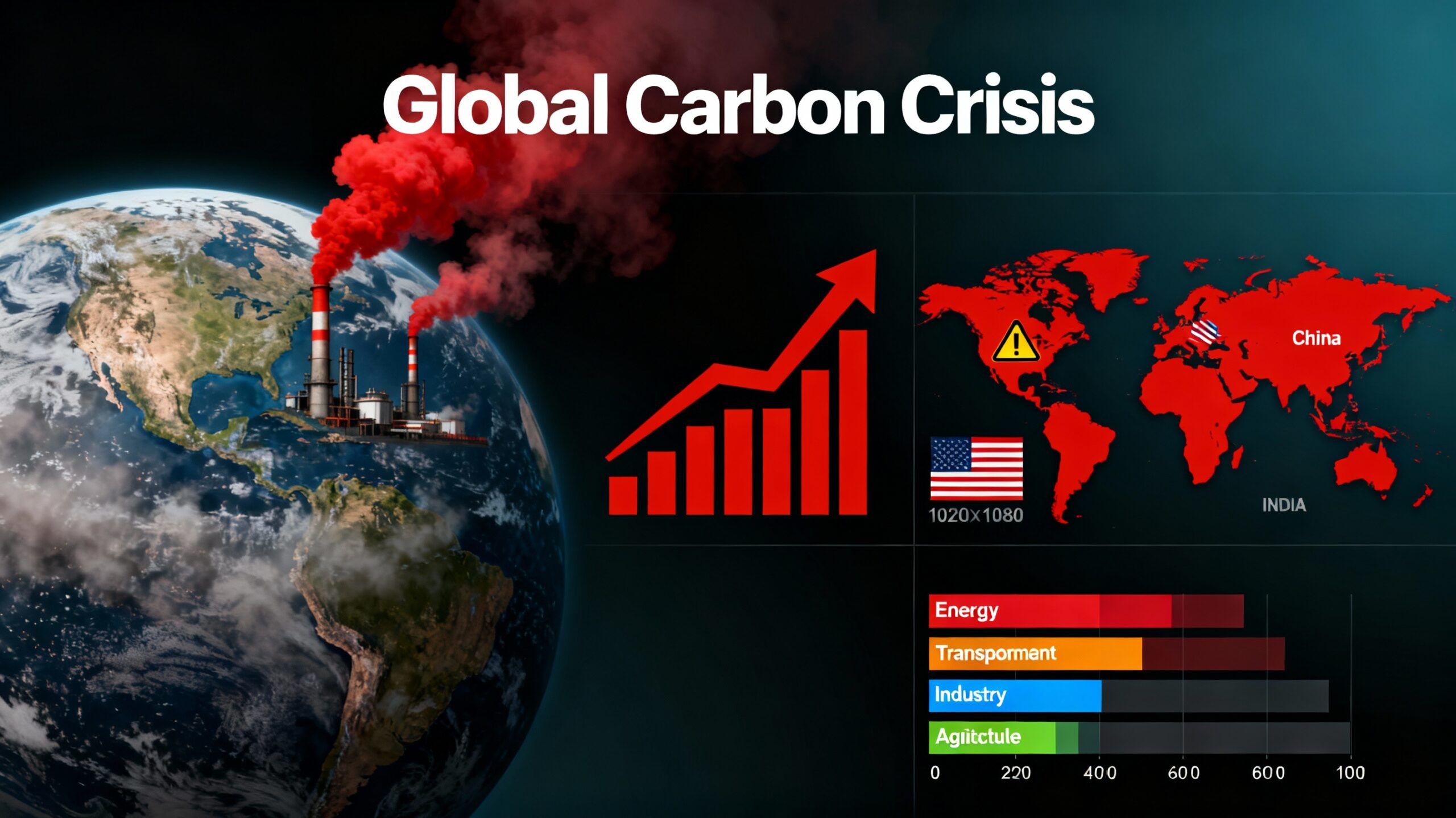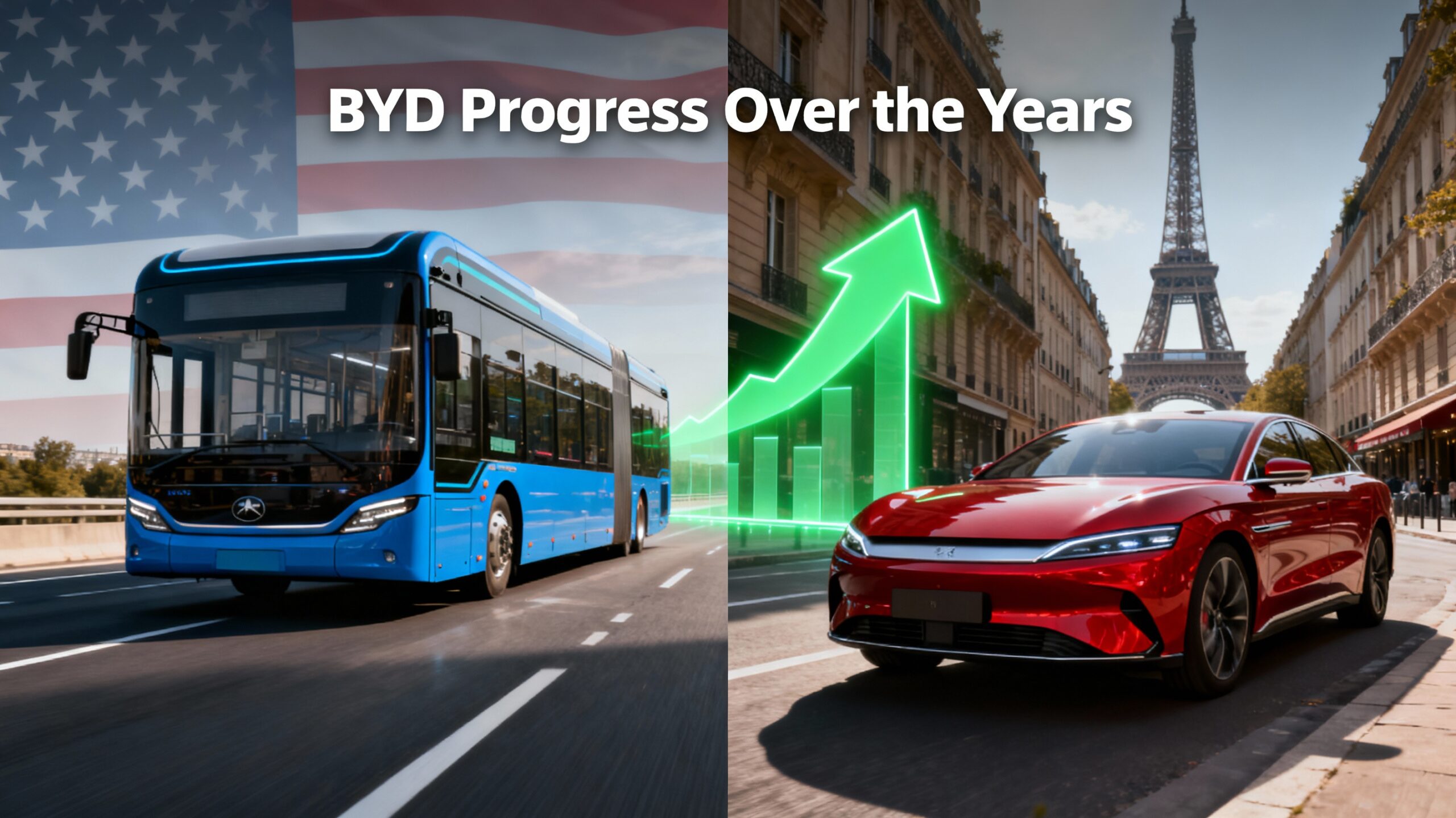Cities around the world are breathing easier. From Los Angeles to London, new real-time air quality data reveals significant improvements in urban pollution levels—largely driven by the rapid adoption of electric vehicles (EVs) and aggressive clean transport policies.
According to the latest findings from the Global Urban Emissions Observatory (GUEO), nitrogen dioxide (NO₂) levels in major cities have dropped by an average of 22% over the last three years, correlating strongly with rising EV adoption and decreased internal combustion engine (ICE) vehicle usage.
“Electric vehicles are not just transforming mobility—they’re transforming air,” said Dr. Farah Mahmoud, lead environmental data scientist at GUEO. “We’re seeing clear, quantifiable benefits in real time, and the implications for public health are profound.”
Tracking the Turnaround: Real-Time Data Insights
In a landmark study released this month, GUEO analyzed over 3 billion air quality data points across 26 metropolitan areas using a combination of satellite imagery, ground-level sensors, and AI-driven emissions modeling. The report attributes recent improvements in air quality directly to the growing share of EVs on urban roads.
In Madrid, for example, NO₂ levels near major traffic corridors dropped 27% since 2022, coinciding with the city’s rollout of zero-emission zones and subsidies for electric taxis and buses. Similarly, San Francisco saw fine particulate matter (PM2.5) levels fall by 19%, as EV penetration in the Bay Area surpassed 35% of new vehicle sales.
The data also highlighted notable hotspots where targeted interventions led to measurable air quality improvements. In Delhi, a 2024 policy banning diesel delivery trucks in city limits combined with EV fleet incentives resulted in a 32% reduction in roadside NOₓ—an unprecedented gain for a city long plagued by toxic air.
“Science is finally catching up with policy,” said Prof. Ananya Iyer, urban air quality expert at the Indian Institute of Technology. “Real-time monitoring is showing that electrification works, especially when paired with smart regulation.”
From Emissions to Health: Breathing Room for Urban Populations
Cleaner air is not just an environmental win—it’s a public health revolution. The GUEO report estimates that improved air quality in high-EV adoption zones has already resulted in 23,000 fewer premature deaths annually worldwide due to reductions in respiratory and cardiovascular conditions linked to vehicle emissions.
In London, where 100% of new buses added since 2023 are electric, the city’s health authority reports a 15% decline in asthma-related emergency visits among children. Similar trends have been observed in Los Angeles, where pollution-linked hospital admissions have dropped across multiple age groups.
“People often underestimate the health burden of tailpipe emissions,” said Dr. Carlos Rueda, a respiratory health specialist at UCLA Medical Center. “We now have direct evidence that reducing fossil fuel vehicles leads to tangible health benefits within months.”
Emissions Modeling Confirms the EV Effect
To better understand the impact of EVs, researchers at ETH Zurich developed a new emissions model—EVTrace—that isolates the effects of electrification from other variables like weather and industrial output. Using city-level data from Berlin, Toronto, and Singapore, EVTrace showed that every 10% increase in electric vehicle traffic share leads to an average 8.5% reduction in local NO₂ emissions.
This finding was reinforced by data from AirVisual, a commercial air monitoring firm, which has seen parallel trends across hundreds of client installations in urban schools, hospitals, and business districts.
“Electric vehicles are proving to be a cornerstone of clean urban air,” said Dr. Felix Meier, lead developer of EVTrace. “They’re not the only solution, but they are an essential one.”
Policy Matters: Interventions That Amplify Impact
While technology is driving progress, policy frameworks remain key to accelerating results. Cities with aggressive EV adoption policies—such as subsidies for low-income households, emissions-based road pricing, and zero-emission vehicle mandates—have seen faster and more sustained improvements.
In Stockholm, a congestion charge that varies by vehicle emissions has pushed EV adoption to over 40%, with downtown pollution levels falling by nearly 30%. In Seoul, a pilot program offering free public EV charging and preferential parking for electric vehicles helped the city exceed its clean air goals two years ahead of schedule.
“The biggest gains happen where electrification is combined with smart, equity-focused policy,” noted Jin Woo Kim, transport planner at Seoul’s Mobility Office. “We’re not just cleaning the air—we’re making clean air more accessible.”
The Road Ahead: Equity, Infrastructure, and Continued Monitoring
Despite clear gains, experts warn that the benefits of EV-led air quality improvements are not evenly distributed. Lower-income neighborhoods—often located near highways or industrial zones—continue to experience higher pollution levels, even as citywide averages improve.
Addressing this gap will require targeted EV incentives, expansion of charging infrastructure in underserved areas, and continued monitoring of hyper-local air quality trends.
Organizations like Urban Air Watch are using portable sensors and community-led data collection to identify pollution pockets and push for equitable electrification.
“We can’t declare victory until every neighborhood can breathe easy,” said Alyssa Mercado, an environmental justice advocate in Oakland. “EVs are a huge step forward, but we need to ensure their benefits reach everyone.”
Meanwhile, global cities are being urged to continue and scale their investments in EV infrastructure. The World Health Organization and UN Environment Programme have called for a global target of 60% EV market share by 2030, citing air quality as a top priority.
Conclusion: A Breath of Fresh Air
The message from the data is clear: Electric vehicles are cleaning the air in real time, offering relief to millions who live with chronic pollution. While challenges remain, the progress made in just a few years shows the transformative power of aligning technology, policy, and public health.
“This is what hope looks like—measured in microns and molecules,” said Dr. Mahmoud. “We have the tools to create healthier, more breathable cities. Now we just need the will to keep going.”




